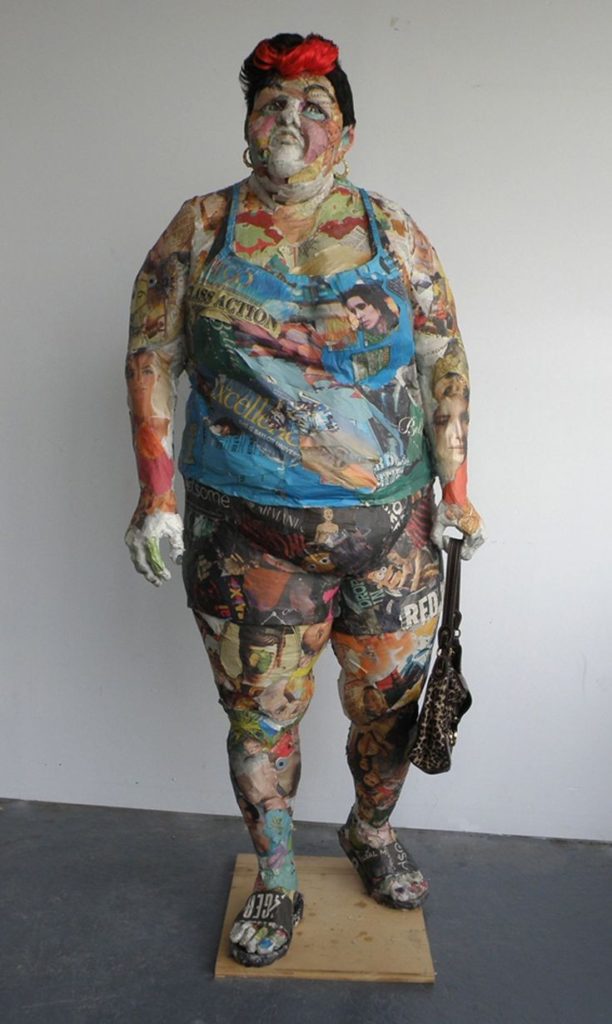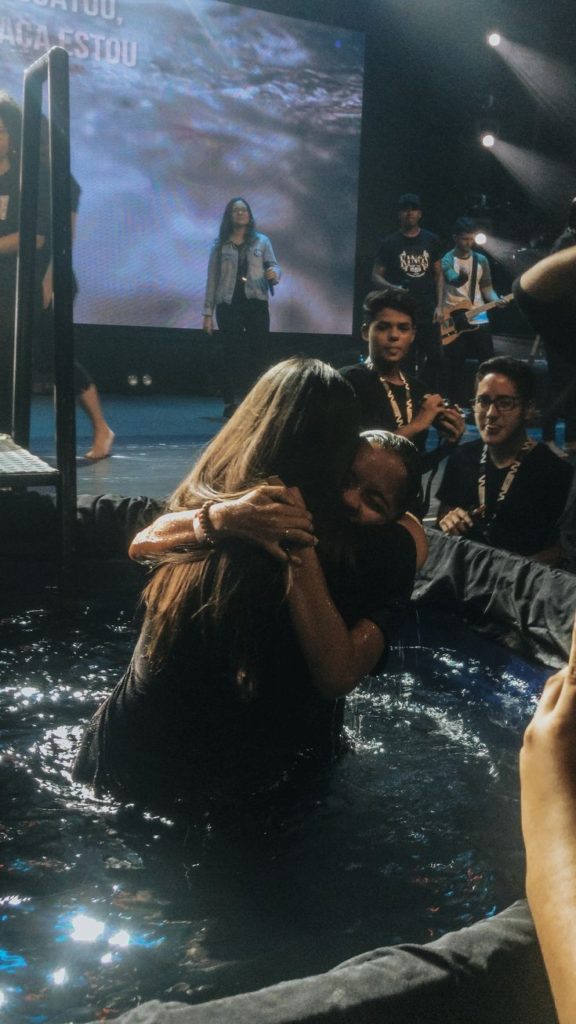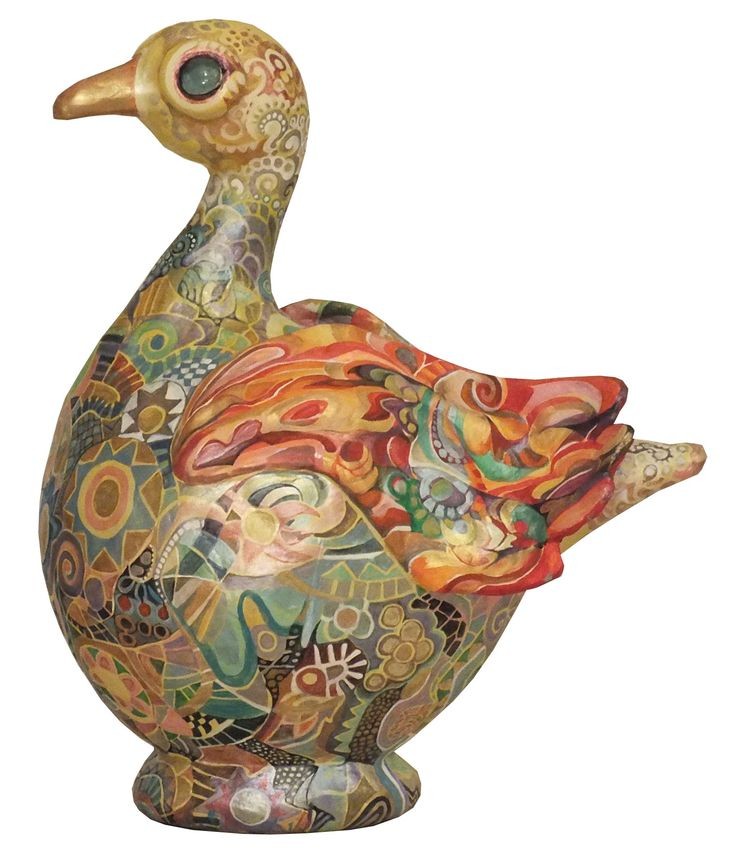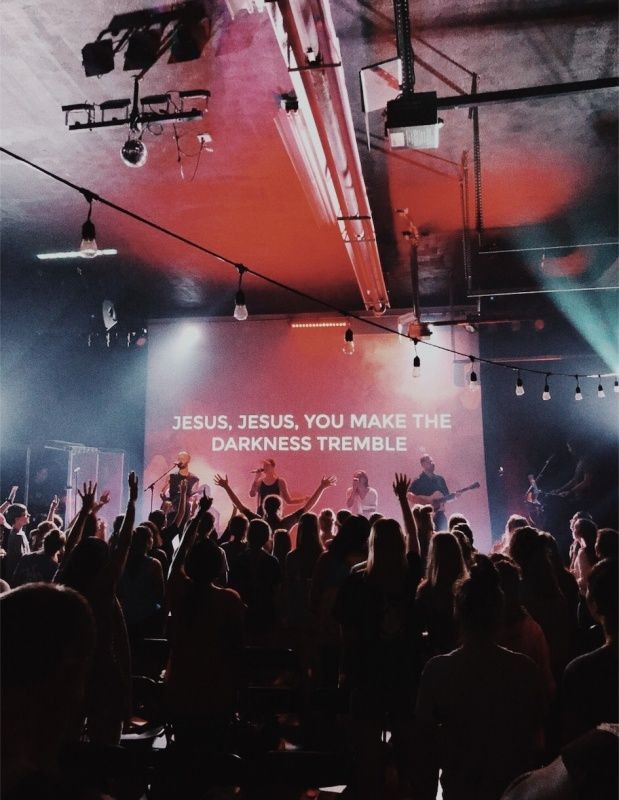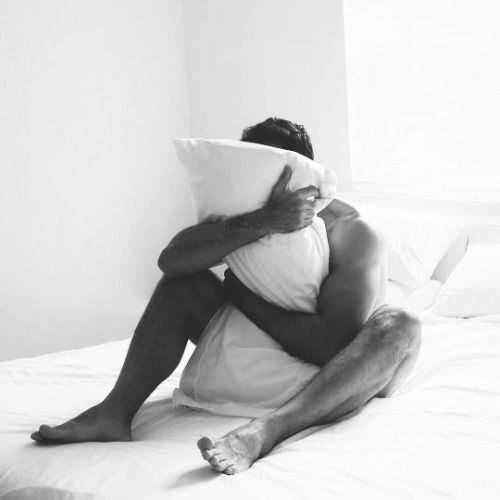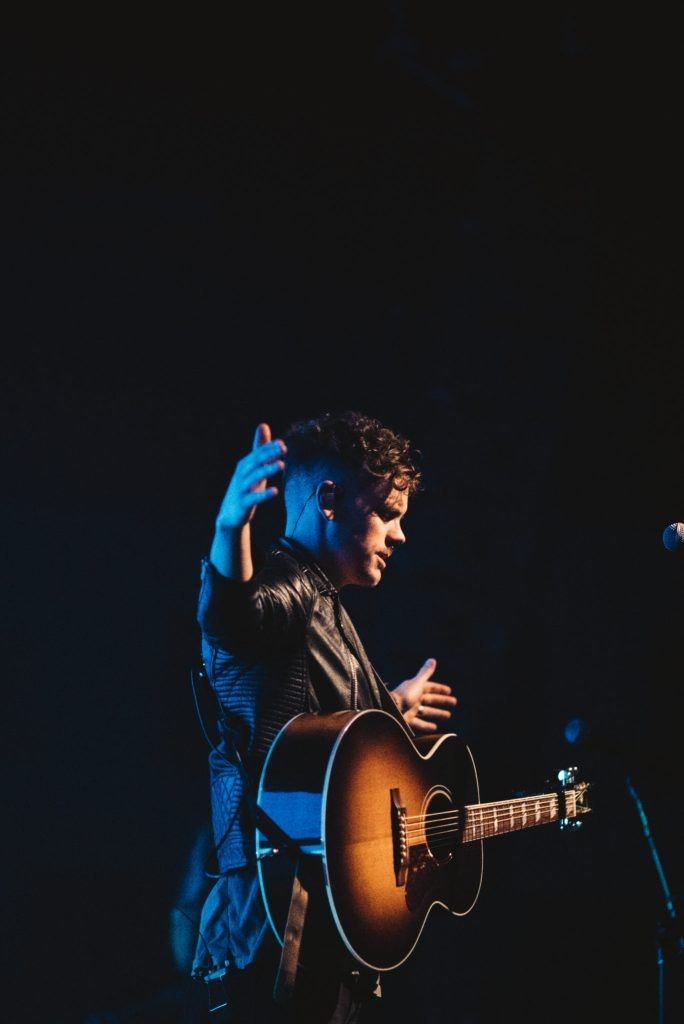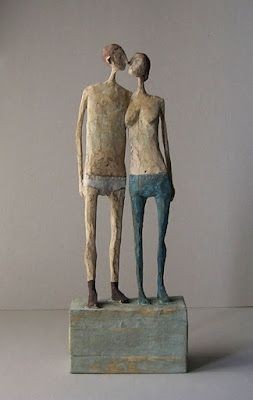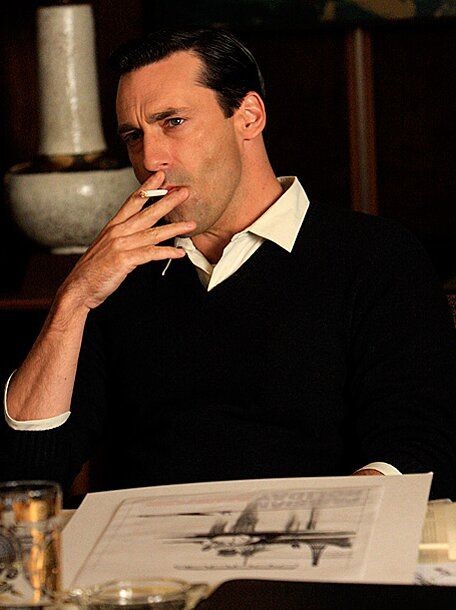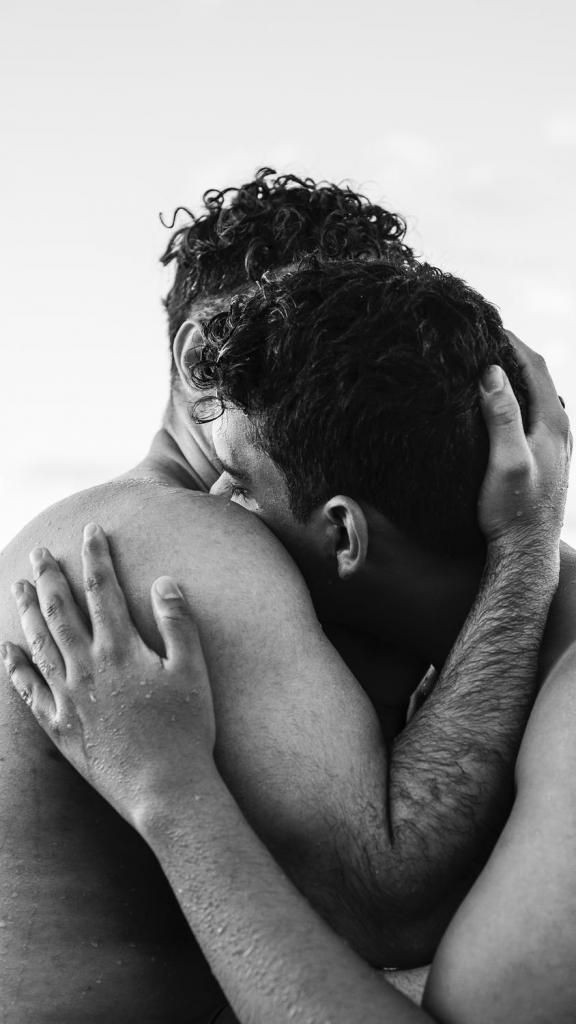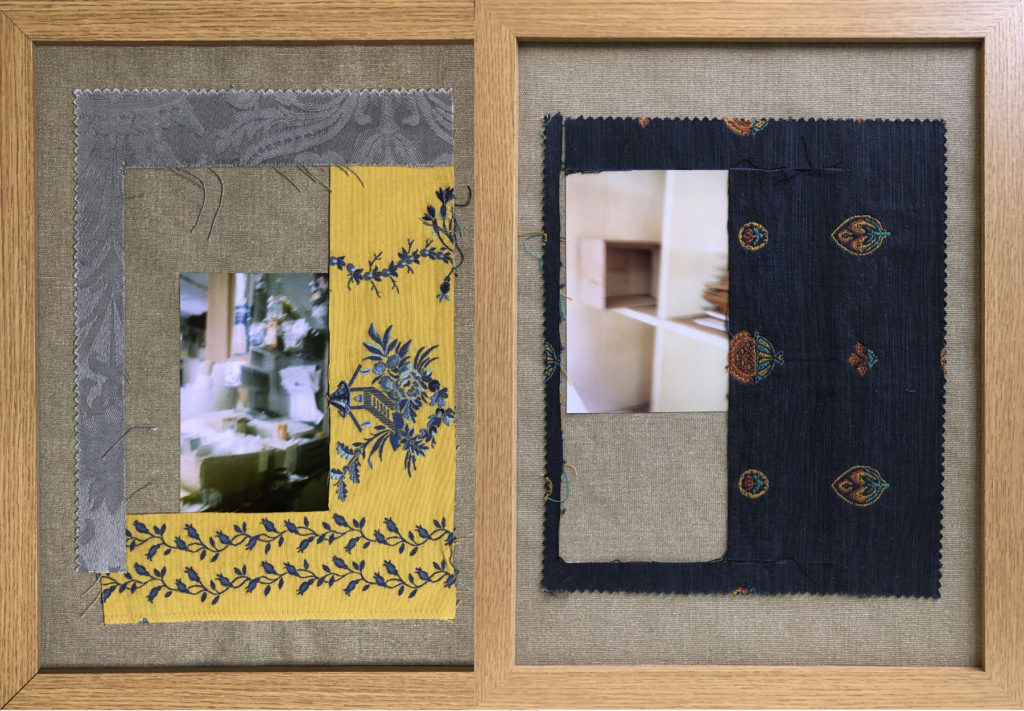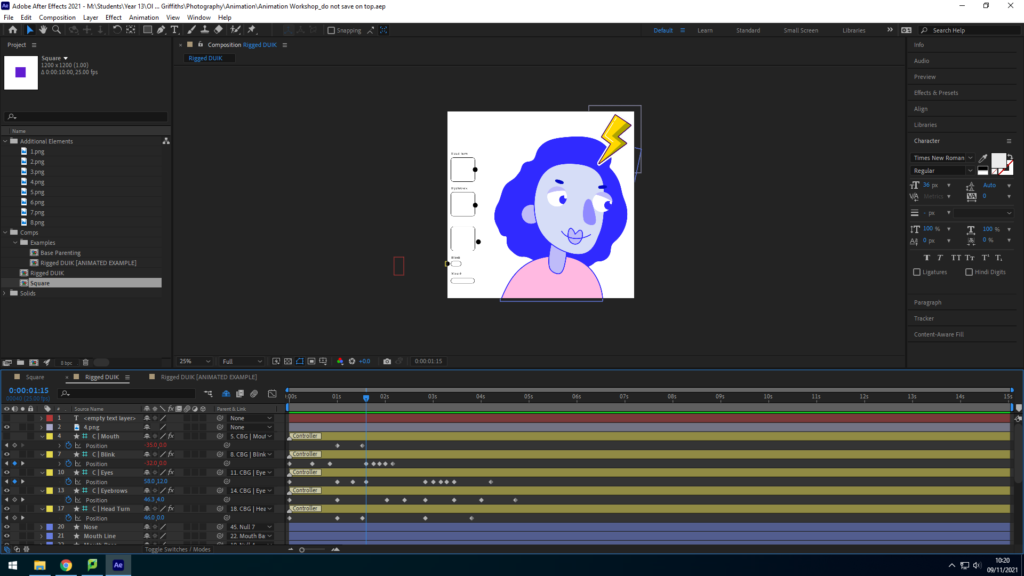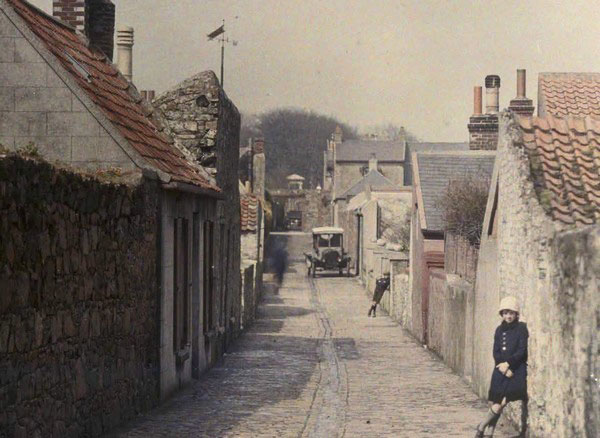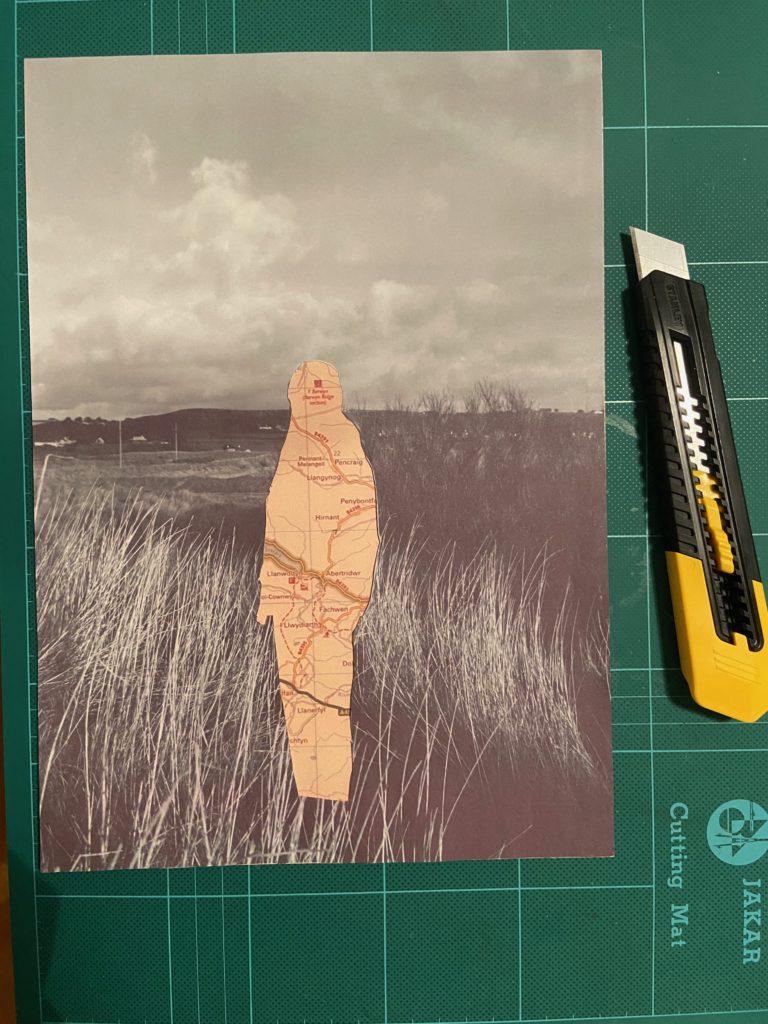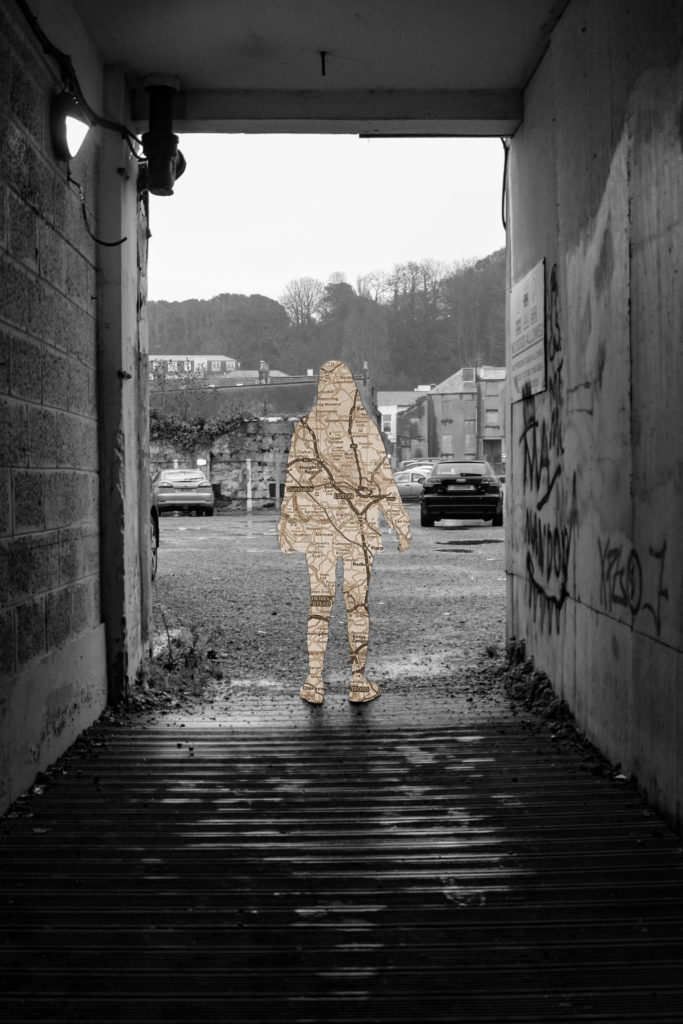Review & Reflect
Task:
From your Personal Investigation based on IDENTITY & COMMUNITY write an overview of what you learned so far (both as Yr 12 and Yr 13 student) and how you intend to develop your Personal Study.
1. Describe which themes, medium (photography, film), approaches (documentary, tableaux, conceptual), artists (incl contextual references to art history, movements and isms) and photographic skills, processes, techniques and methods (incl learning new software) inspired you the most and why.
2. Include examples of both previous and current experiments and imagery to illustrate your thinking.
3. Produce a new mind-map and mood-board based around how you interpret one/ or both theme(s) of IDENTITY & COMMUNITY using new artists inspirations and visual references etc. Reflect on the Island Identity project and also consider themes more broadly (see below)
4. Write a Statement of Intent that clearly contextualise;
What you want to explore?
Why it matters to you?
How you wish to develop your project?
When and where you intend to begin your study?
Make sure you describe your chosen theme (IDENTITY & COMMUNITY), subject-matter (topic, issue), artists (inspirations, references) and final outcome (photobook, film).
5. Plan your first photo-shoot as a response to initial ideas. Must be published on the blog by Wed 2 Dec.
1. Describe which themes, medium (photography, film), approaches (documentary, tableaux, conceptual), artists (incl contextual references to art history, movements and isms) and photographic skills, processes, techniques and methods (incl learning new software) inspired you the most and why.
2. Include examples of both previous and current experiments and imagery to illustrate your thinking.
Themes
The theme that has inspired me the most in my Photography A-level course has been the Identity project for the mock last year. The theme allowed me to, “successfully talk… about past experiences in my life and… turn it into art.”
Medium
The medium (photography film) has influenced a lot of my future ideas for this new project on Identity and community. This is because the film my class colleagues and I produced touching on the theme of religion and the LGBTQ+ community, has allowed greater knowledge to flourish into how important it is to have a narrative and sequence in the film you are producing. I know this because the group and I struggled to find the right way to share my story through a film; how can we make a film that isn’t for or against homosexuality or homophobia but still raise awareness in both the communities and their duties. For example, if you’ve got same sex attraction and are Christian, instead of worrying if it is wrong to be in a same sex relationship or not, you should, “…seek first the kingdom of God and his righteousness, and all these things will be added to you.” And if you are simply religious and don’t particularly agree with LGBTQ+ lifestyle, instead of spreading hate comments and come across homophobic you should still love these people for Jesus said, “Let any one of you who is without sin be the first to throw a stone at her. ” He said this because, “The teachers of the law and the Pharisees brought in a woman caught in adultery. They made her stand before the group and said to Jesus, “Teacher, this woman was caught in the act of adultery. In the Law Moses commanded us to stone such women. Now what do you say?” They were using this question as a trap, in order to have a basis for accusing him. But Jesus bent down and started to write on the ground with his finger. When they kept on questioning him, he straightened up and said to them, “Let any one of you who is without sin be the first to throw a stone at her.” At this, those who heard began to go away one at a time, the older ones first, until only Jesus was left, with the woman still standing there. Jesus straightened up and asked her, “Woman, where are they? Has no one condemned you?” “No one, sir,” she said. “Then neither do I condemn you, “Jesus declared. “Go now and leave your life of sin.”” This powerfully shows that instead of accusing people of their sin, Christians should be directing people to God instead of away.
Artists
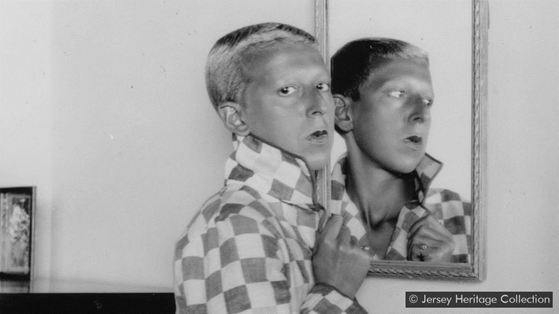
Claude Cahun
Shwod took the name Claude Cahun in 1917 and have since explored self-portraits, exploring themes such as sex and gender identity in their work. However, their work was largely opposed because homosexuality was seen as shameful and disgraceful in the 20th century and beyond, but their portrayals were powerful, with some people liking it. We can see that in the image above, due to Claude’s reflection in the mirror, we can clearly see that they have seen themselves as a guy/lesbian and are looking at the camera with pride but charm, showing that they know who they are.
Claude Cahun has influenced my ideas for this project as I will be talking about identity and mention sides of homosexuality so Claude Cahun serves as comfort as I know I won’t be the only one talking about this.
Approaches
Documentary Photography has been probably my most liked photography approach as it allowed me to share people my story. Through this I was able to bring into light what struggles I face quite on a daily, the sort of comments one can get. This is really useful because it provides hope to ones going through a similar event and they can look and see that I’m still here showing them that if I can do it so can they. This is professionally shown through my Identity project:
Techniques and methods
During my NFT project, I have experimented with Adobe Premier; software that allows creation and editing of videos. During it I learned how to properly format a narrative, how different fading animations may portray a thought to the viewer. For example, if we are slowly fading from a portrait scene to a different scene, the viewer may see that as the character’s thoughts and aspirations.
This successful technique can be clearly seen throughout the final film titled ‘Love Thy Neighbour’:
The embroidery also influenced a lot of my ideas for this new Identity & community personal investigation as it allowed me to create a narrative through a variety of images. This can be seen in the following blogpost:
As we can see, the embroidery workshop has allowed me to use “my own struggles and life experiences and implementing them in to a physical art work. For example:
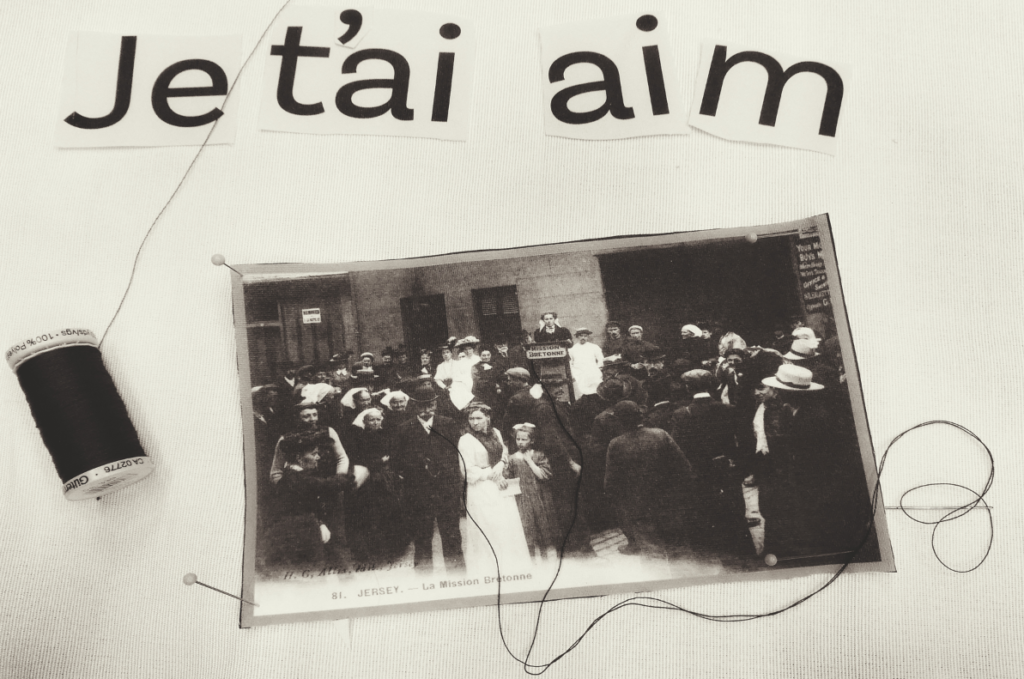
“The words “Je t’ai aim” suggests that an event happened in a love story and all you want to say is “I loved you” but you can’t get yourself to finish the phrase because there are lots of people around, a lot of opinions, thoughts and worries.” This is evidently shown in this embroidery because the word “aim” isn’t grammatically correct in French, it should be “aime”.
Conclusion
In conclusion, I agree to a large extent that my past projects are useful for this project. This is because it has helped me to create new ideas for the Identity project. For example, learning about Premier will be made useful for this project as it allowed me to present and narrate a story using videos, images and music. I will therefore use this knowledge to figure a way of talking about my identity through a combination of videos, images and music.
3. Produce a new mind-map and mood-board based around how you interpret one/ or both theme(s) of IDENTITY & COMMUNITY using new artists inspirations and visual references etc. Reflect on the Island Identity project and also consider themes more broadly (see below)


